TLDR
With ambitious plans for growth on the horizon, you look closely at Taco Bell’s strategies to expand its restaurant footprint to rival fast food giant McDonald’s. Examining key areas like real estate selection, menu innovation, and technology integration, you gain insight into how Taco Bell aims to scale its operations in the US and internationally. From boosting sales at existing locations to entering new markets abroad, Taco Bell sets its sights on dramatic expansion by implementing lessons learned from category leader McDonald’s playbook. With bold goals and innovative tactics, Taco Bell pushes boundaries in the quick-service segment.
Taco Bell Sets Its Sights on McDonald's Level of Success
To achieve the same success and scale as McDonald's, Taco Bell is executing an aggressive expansion plan. Domestically, the company aims to open 6,000 new locations across the U.S., bringing its total to around 14,000. This would match McDonald's current footprint.
Taco Bell is targeting customers seeking convenient meals, especially looking to boost lunch sales. New menu items, combo deals, and cross-promotions with parent company Yum! Brands' KFC and Pizza Hut chains are driving same-store sales growth.
Internationally, Taco Bell is expanding into new markets, with a focus on building a major presence in select countries. After successful launches in the U.K., Spain, and India, Taco Bell will debut in China and Brazil. The company is adapting menus to local tastes, opening "cantinas" with full bars in some locations.
Taco Bell's digital initiatives are enhancing the customer experience and fueling loyalty.
The Mexican Chain Plans to Add 6,000 More US Locations
Expanding into new markets
Taco Bell will move into new, untapped markets and territories to capture more customers. This includes smaller towns and communities where it does not currently exist. By entering new markets, the company can gain new lifelong customers who have never experienced their products before.
Increasing penetration in existing markets
While expanding into new areas, Taco Bell also aims to increase its presence in existing markets by opening more locations near each other. This strategy, known as clustering, allows Taco Bell to gain more customer visits and brand awareness in areas where they already have a presence. Customers will have an easier time accessing Taco Bell, leading to increased sales and profits.
Focusing on convenience and value
A major part of Taco Bell's strategy is providing fast, affordable meal options for customers on the go. By opening more locations, it makes itself more convenient and accessible to customers in need of a quick, value-oriented meal. The chain is also improving technology and customer experience by introducing mobile apps, loyalty programs, and streamlined digital ordering to provide speed and value.
Adapting to modern tastes
Taco Bell continuously evolves its menu to match current food trends and consumer preferences. New menu innovations, limited-time offers, and permanent additions give customers a reason to visit more often. As Taco Bell opens thousands of new locations, an innovative and on-trend menu will be crucial to driving traffic and building brand loyalty among new and existing customers.
With a multi-pronged strategy focused on expansion, convenience, value, and product innovation, it aims to greatly increase its U.S. presence and solidify its status as a leader in the quick-service industry, rivaling major players like McDonald's. Executing this growth strategy successfully could propel Taco Bell into a whole new tier of fast food dominance.
Winning Over Customers With Convenience and Value Menu Offerings
To achieve growth on par with McDonald’s, Taco Bell must win over new customers and build loyalty among its existing base. Two key strategies for customer acquisition and retention are offering convenience and value.
The brand aims to make its menu increasingly convenient for customers on the go. The chain has heavily invested in its mobile app, which allows customers to order ahead and skip the line to pick up their food. Taco Bell also plans to introduce mobile orders and curbside pickup at the majority of its locations, in addition to drive-thrus. For customers looking for a quick meal during their lunch break or commute, the convenience of mobile ordering and multiple pick-up options may sway them to choose Taco Bell over less digitally-enabled competitors.
In terms of value, Taco Bell is focused on promoting its dollar menu to budget-conscious customers. While meal prices have been increasing across the fast food industry, the company's dollar menu features filling options at a lower cost. It hopes that affordable prices, especially on highly crave-able items like the Beefy 5-Layer Burrito and Cheesy Bean & Rice Burrito, will draw in customers seeking to maximize taste and quantity for their money. It also frequently runs special promotions offering free or discounted menu items to drive traffic and build goodwill with its customers.
Taco Bell’s strategies of enhanced convenience through digital innovation and unbeatable value through its dollar menu and promotions aim to win over new customers in need of an easy, affordable meal.
Going Mobile and Loyalty Programs to Increase Customer Frequency
To achieve its ambitious growth goals, Taco Bell is focused on leveraging technology and loyalty programs to increase customer frequency.
Mobile Ordering & Payments
Taco Bell’s mobile app allows customers to order ahead and pay via their smartphones. Customers appreciate the convenience and speed of mobile ordering and payments. By offering a seamless digital experience, Taco Bell aims to convert more casual customers into loyal ones who visit more frequently.
Rewards Program
Taco Bell’s rewards program offers free food and exclusive offers to engage customers. Members earn points for every dollar spent, and points can be redeemed for free menu items. The rewards program incentivizes customers to visit the restaurant more often so they can earn points and claim rewards. Taco Bell has found that reward members visit 30% more often and spend 35% more compared to non-members.
By leveraging technology and loyalty programs, the brand aims to increase visit frequency, drive sales, and gain market share from competitors like McDonald's. Its mobile, delivery, and rewards initiatives are key to converting casual diners into lifelong customers and achieving its ambitious growth potential.
Can Taco Bell's Expansion Strategies Make It as Big as McDonald's?
Taco Bell aims to accelerate its growth through aggressive expansion of its restaurant footprint and improving sales within existing locations. To match McDonald’s size, Taco Bell plans to open 6,000 more U.S. restaurants. With its strong unit economics and steady development pace, this ambitious growth plan seems within reach.
Targeting New Customers and Dayparts
The chain is focused on attracting new customers, especially those seeking convenient meal options. Taco Bell sees the opportunity to increase sales during lunch, a daypart currently dominated by competitors. By improving its lunch menu and speed of service, Taco Bell believes it can gain more of the lunch crowd.
Driving Same-Store Sales
Taco Bell is implementing initiatives to improve sales at existing restaurants. Its mobile app and loyalty program provides deals and rewards to encourage repeat customers. New menu items, like the $1 Loaded Nacho Tacos, are aimed at driving incremental sales, especially from current customers. Remodeled restaurants with “Defy” design elements like open kitchens and digital menu boards are resulting in higher sales, so Taco Bell plans to remodel 1,000 more locations.
Expanding the Footprint
To reach McDonald’s scale, Taco Bell must expand aggressively, opening many more restaurants across the U.S. and entering new markets globally. Its development pace has remained steady, even during the pandemic. Taco Bell’s unit economics, including high sales-to-investment ratios and cash-on-cash returns, give franchisees incentive to develop, supporting Taco Bell’s growth goals.
Going Global
Taco Bell plans to enter new global markets, focusing on Asia, Europe, and South America. To succeed globally, the company is adapting its menu to local tastes and partnering with experienced franchisees in new markets. If international growth takes off, Taco Bell’s vision of McDonald’s scale may be realized.
With compelling growth strategies, strong unit economics, and a steady pace of progress, Taco Bell appears poised to expand aggressively. But whether it can truly match the enormity of McDonald’s global footprint remains to be seen. Taco Bell’s path to get as big as McDonald’s, while seeming plausible, is still a moonshot.
To learn more from Taco Bell's marketing strategy, visit our blog.
Final Thoughts
You now have a comprehensive look at Taco Bell’s bold expansion plans and strategies to reach the size and scale of McDonald’s globally. By opening new locations at a rapid pace, driving same-store sales growth, targeting new dayparts like lunch, and offering convenience through digital initiatives, the brand aims to significantly grow its customer base and sales. If executed successfully, Taco Bell may one day reach the size of McDonald’s. The road ahead will require flawless execution, but the company has demonstrated the vision, resources, and capability needed to deliver substantial growth in the years ahead.


.webp)


.webp)
.png)
.webp)

.avif)
.webp)
.webp)
.webp)

.webp)

















.svg)
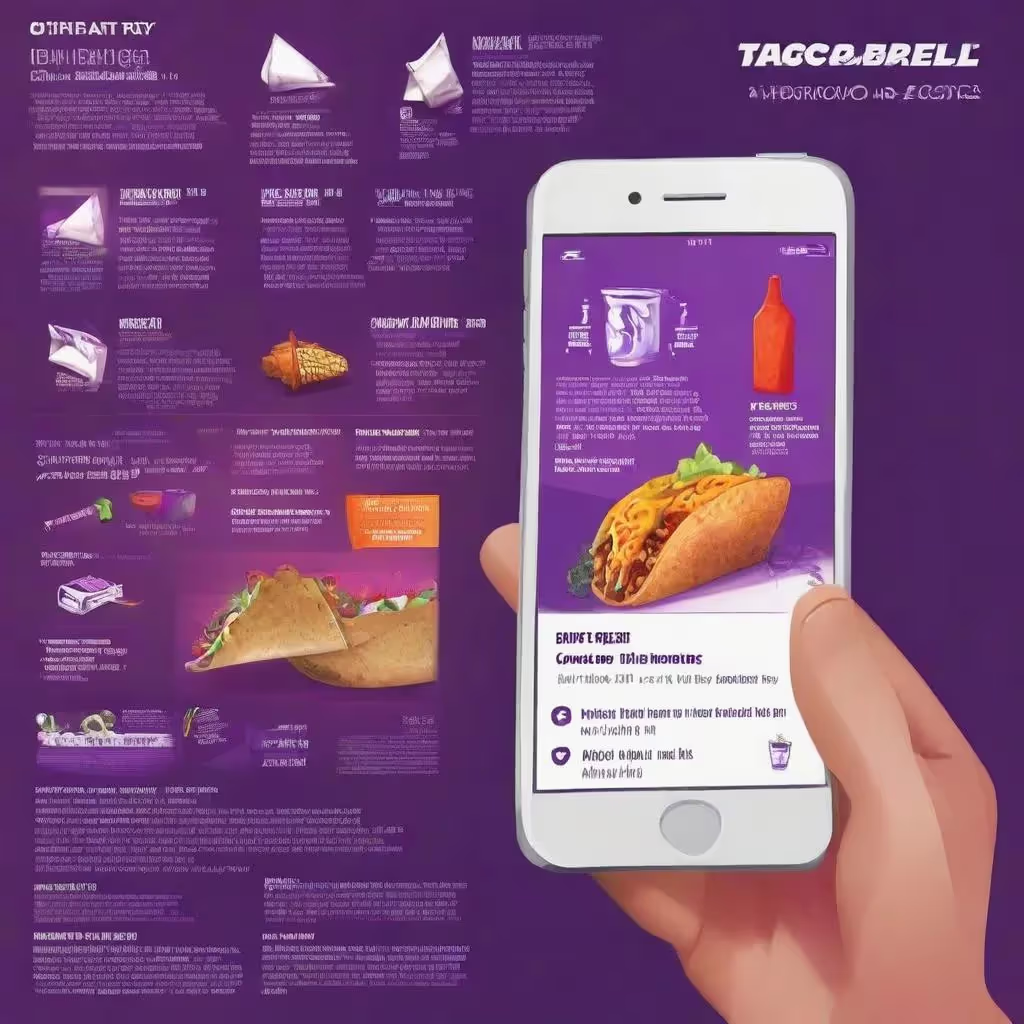




.svg)
.svg)
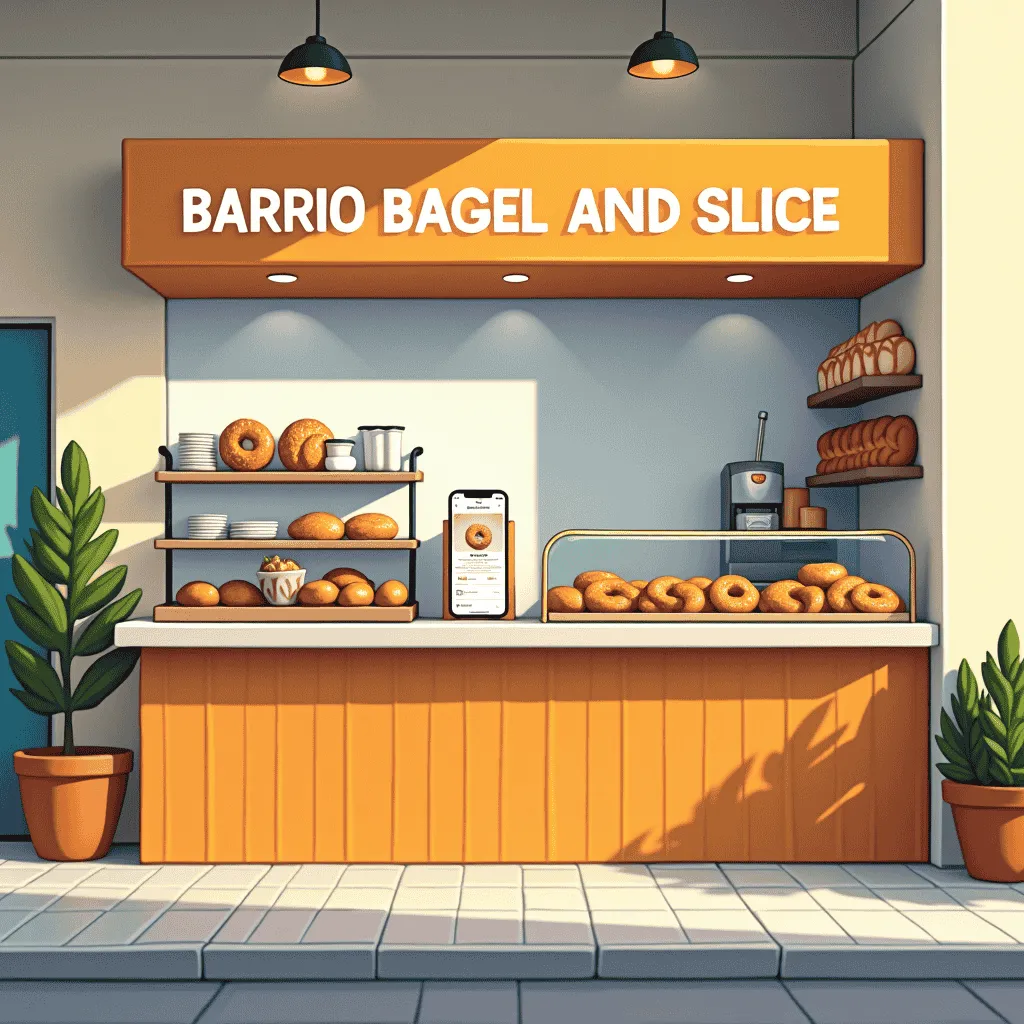



.avif)



.avif)
.avif)

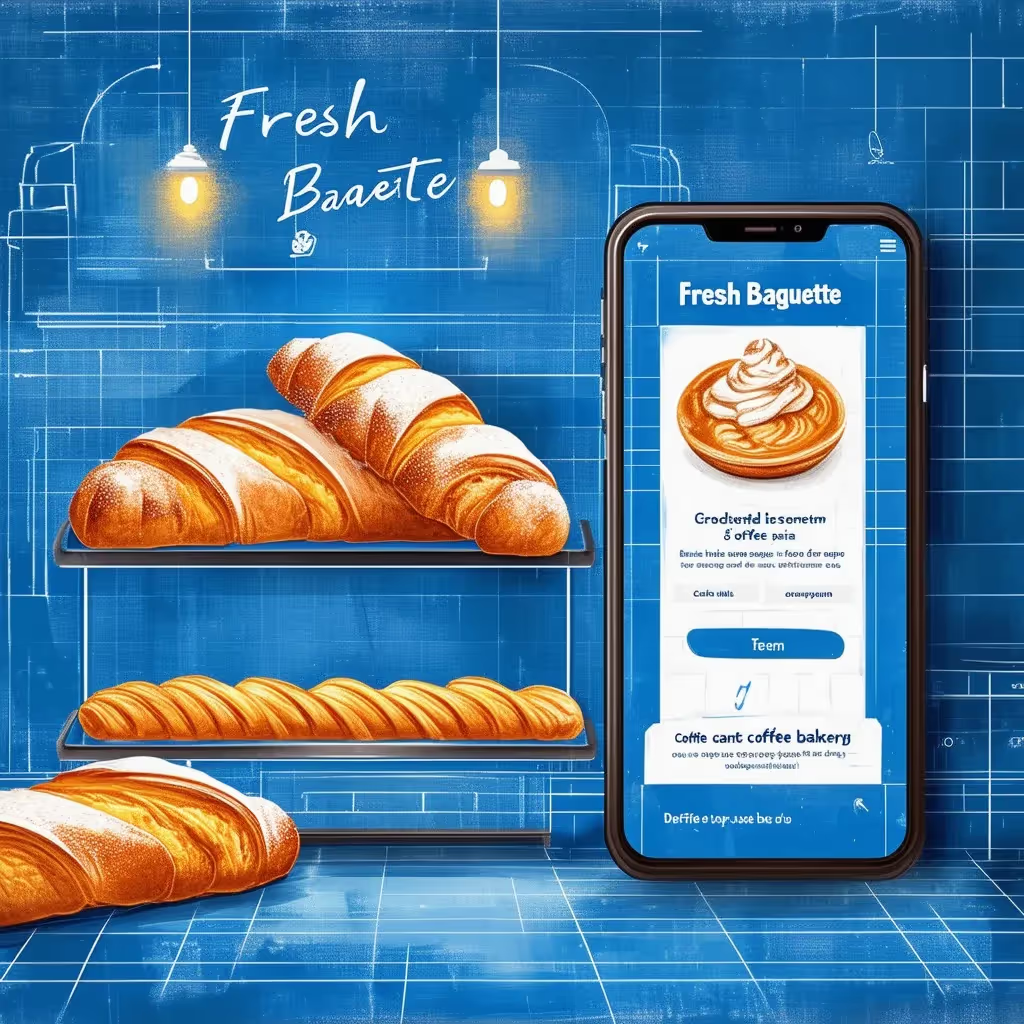
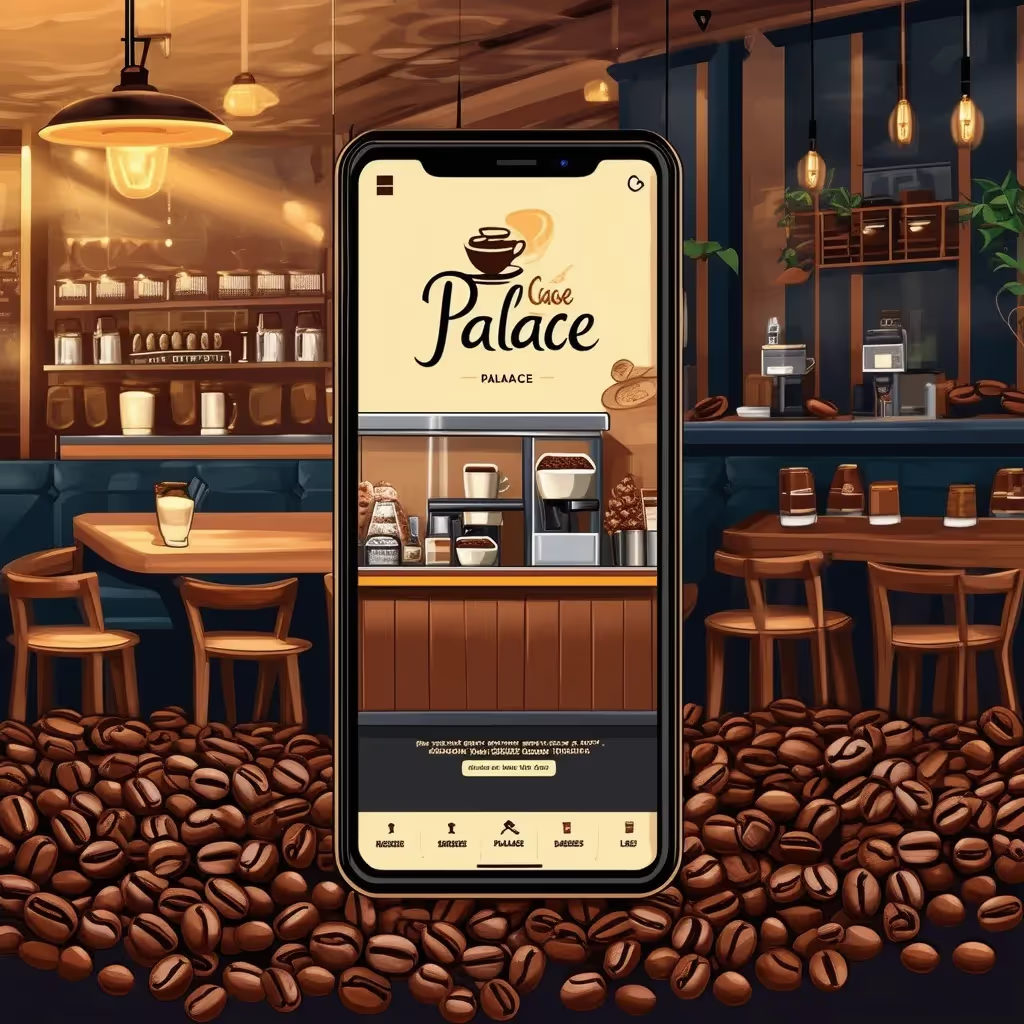

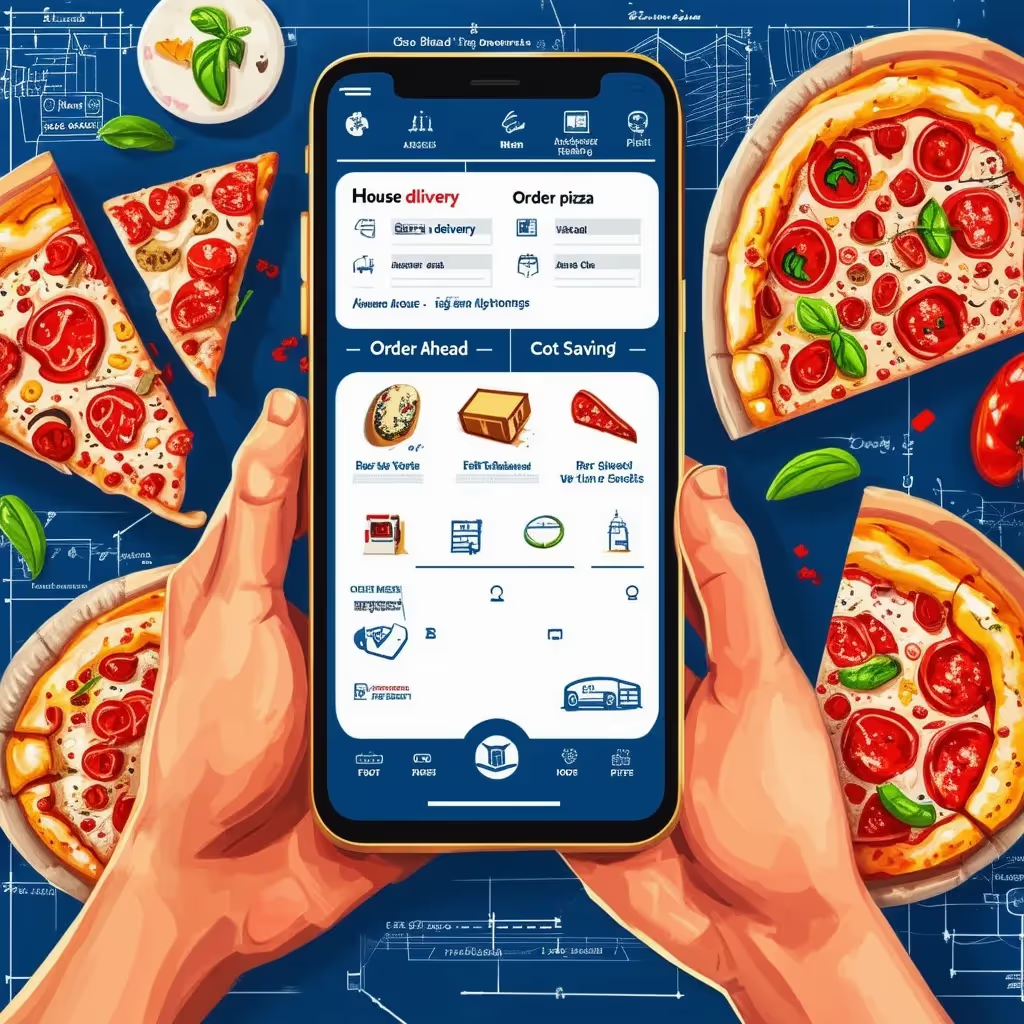





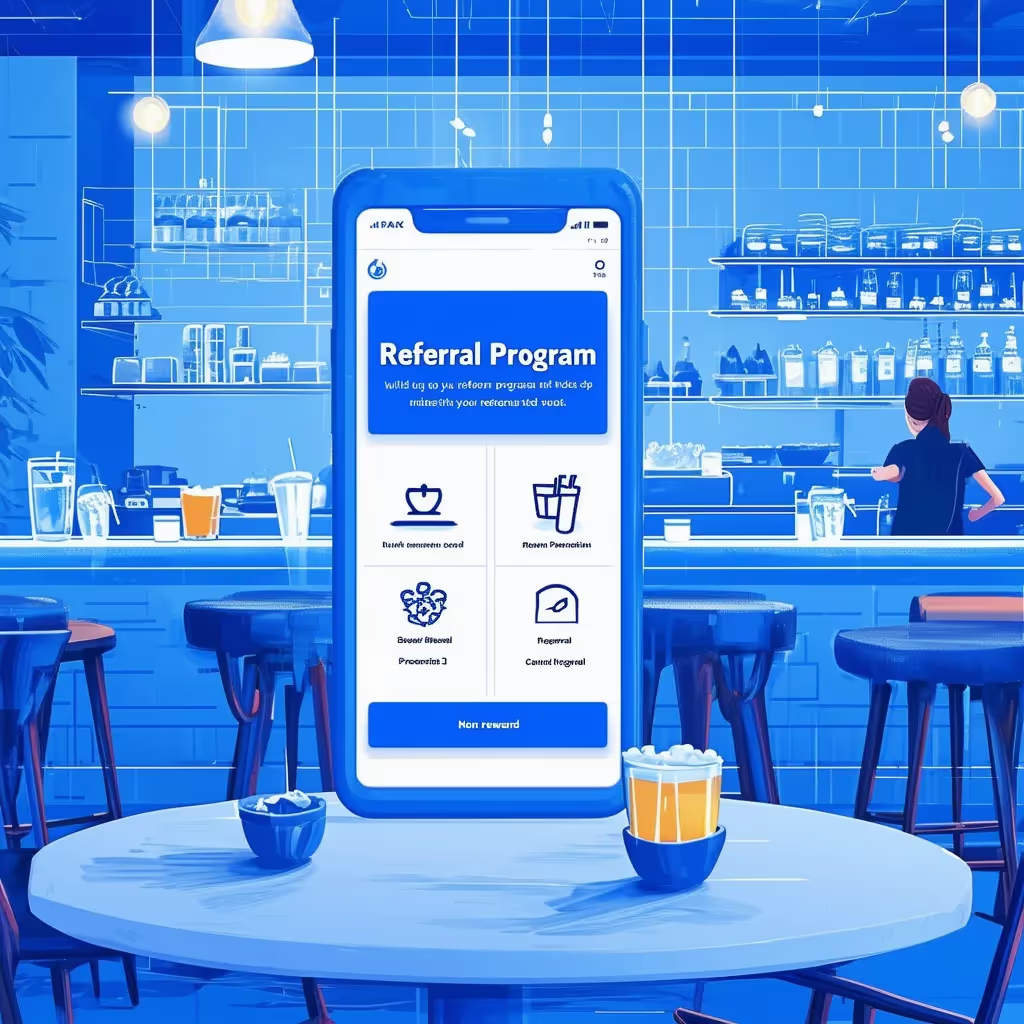





.avif)





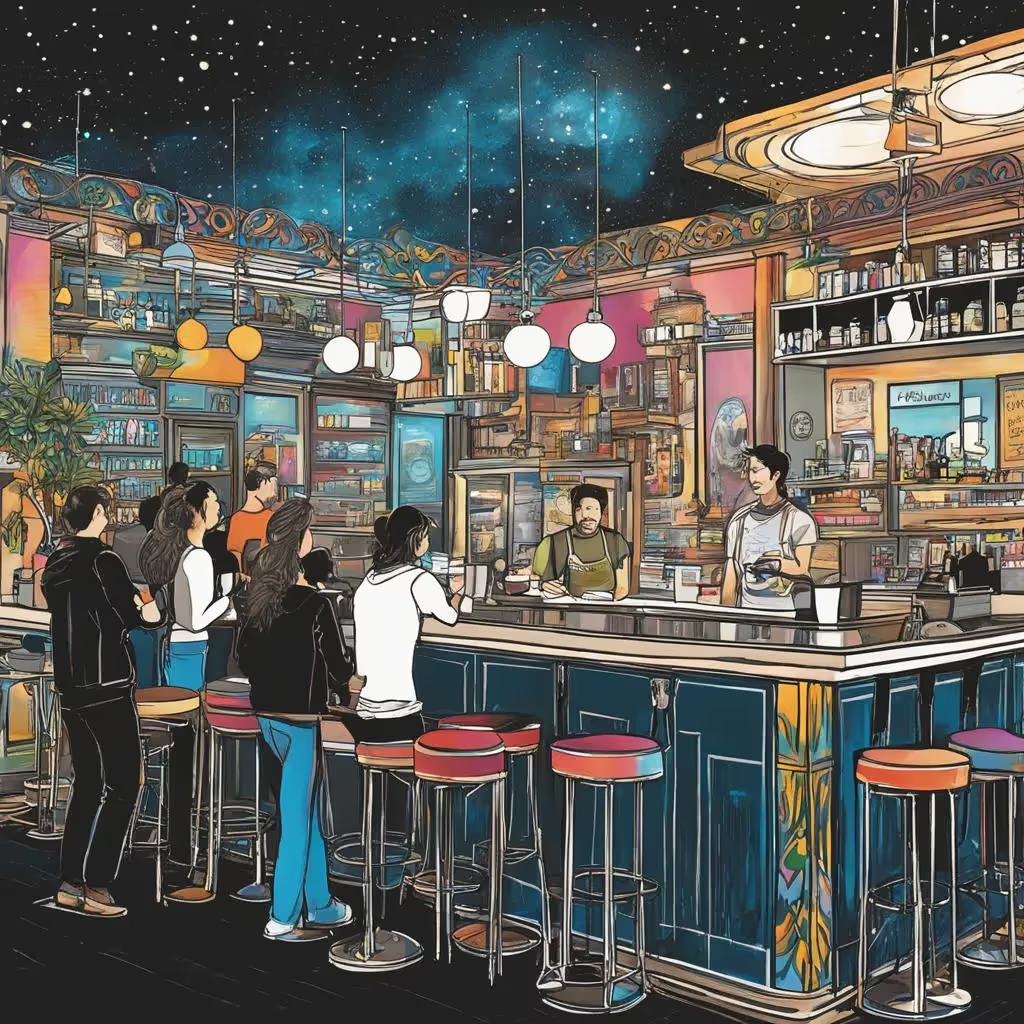


.avif)










